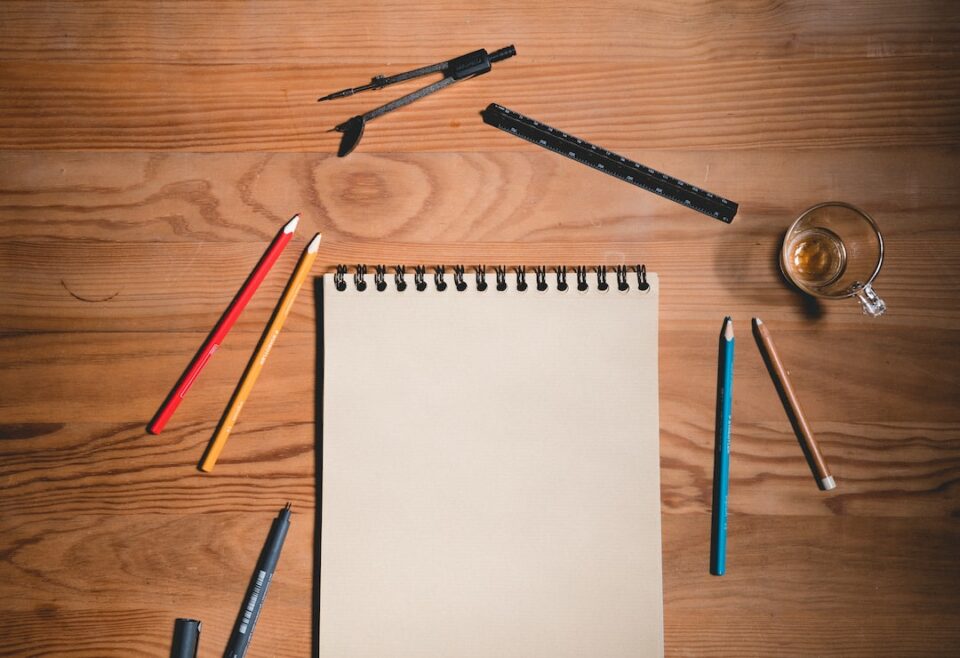Exploring the Use of Contrast in Design Composition
In the realm of design, contrast plays a vital role in creating visually appealing and engaging compositions. It involves the strategic use of opposing elements to capture the viewer’s attention and make a design stand out. By understanding and harnessing the power of contrast, designers can elevate their work to new heights.
Contrast can be achieved through various means, including color, size, shape, texture, and even content. An effective use of contrasting colors can instantly draw the eye and create a dynamic visual experience. For instance, placing a vibrant yellow object against a dark blue background creates a striking contrast that commands attention. Similarly, contrasting large elements with small ones adds visual interest and adds a sense of balance to a design.
When it comes to shapes, contrasting geometric forms with organic shapes can create a compelling juxtaposition. The sharp angles and clean lines of geometric shapes can be balanced with the soft curves and irregularity of organic shapes to create a harmonious contrast. This interplay can be seen in various design styles, from architecture to product design.
Texture is another powerful tool for creating contrast. Combining smooth and rough surfaces or glossy and matte finishes can add depth and visual interest to a design. By engaging both the visual and tactile senses, designers can create an interactive experience for the viewer.
Contrast can also be incorporated into the content of a design. Using contrasting themes, such as old versus new or traditional versus modern, can create an intriguing narrative and make the design more thought-provoking. This approach challenges the viewer’s expectations and encourages them to think critically about the design’s message.
One of the key benefits of using contrast in design composition is its ability to guide the viewer’s attention. By strategically placing contrasting elements, designers can direct the viewer’s gaze, highlighting the most important aspects of the composition. This allows for effective communication and ensures that the intended message is received.
Furthermore, contrast can create a sense of hierarchy and visual hierarchy. By using contrasting elements, designers can establish a clear order of importance within a design. This helps the viewer navigate through the various elements and understand the intended visual hierarchy, preventing confusion and enhancing the overall experience.
In conclusion, contrast is an essential aspect of design composition. By strategically incorporating contrasting elements, designers can create visually appealing and engaging compositions. Whether it’s through color, shape, texture, or content, contrast has the power to captivate and guide the viewer’s attention. By exploring the use of contrast in design, designers can communicate their message effectively and create visually stunning works of art.

